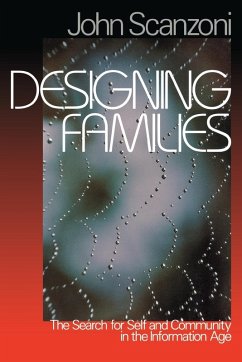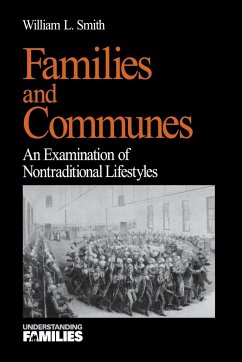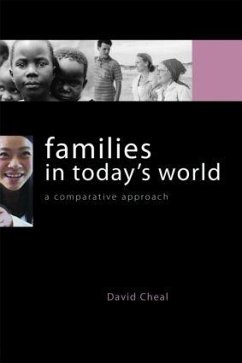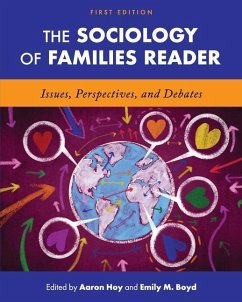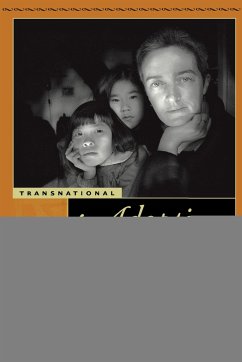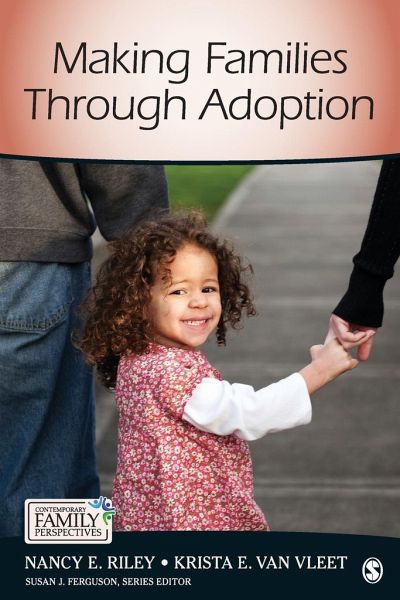
Making Families Through Adoption
Versandkostenfrei!
Versandfertig in 1-2 Wochen
44,99 €
inkl. MwSt.

PAYBACK Punkte
22 °P sammeln!
Making Families Through Adoption provides a comprehensive look at adoption practices both in the United States and in other cultures, and a general understanding of the practices and ideology of kinship and family. The subject of adoption allows a window into discussions of what constitutes family or kin, the role of biological connectedness, oversight of parenting practices by the state, and the role of race, gender, sexuality, and socio-economic class in the building of families. While reviewing practices of and issues surrounding adoption, the authors highlight the ways these practices and ...
Making Families Through Adoption provides a comprehensive look at adoption practices both in the United States and in other cultures, and a general understanding of the practices and ideology of kinship and family. The subject of adoption allows a window into discussions of what constitutes family or kin, the role of biological connectedness, oversight of parenting practices by the state, and the role of race, gender, sexuality, and socio-economic class in the building of families. While reviewing practices of and issues surrounding adoption, the authors highlight the ways these practices and discussions allow us greater insight into overall practices of kinship and family.





